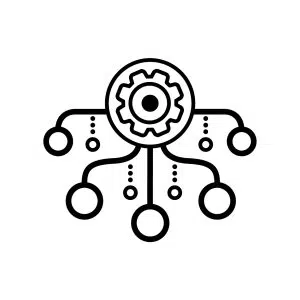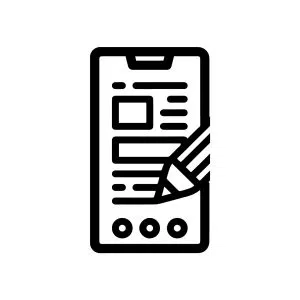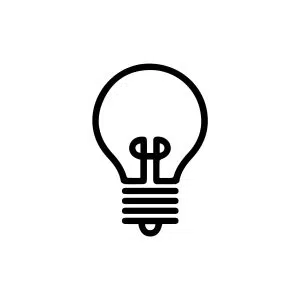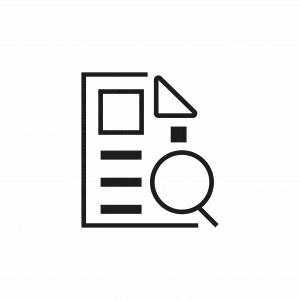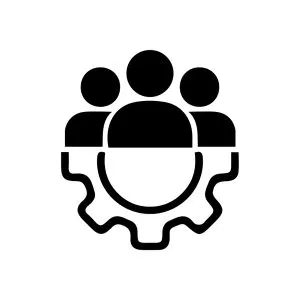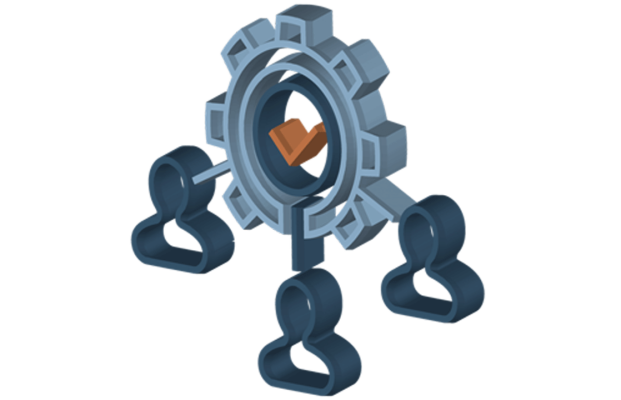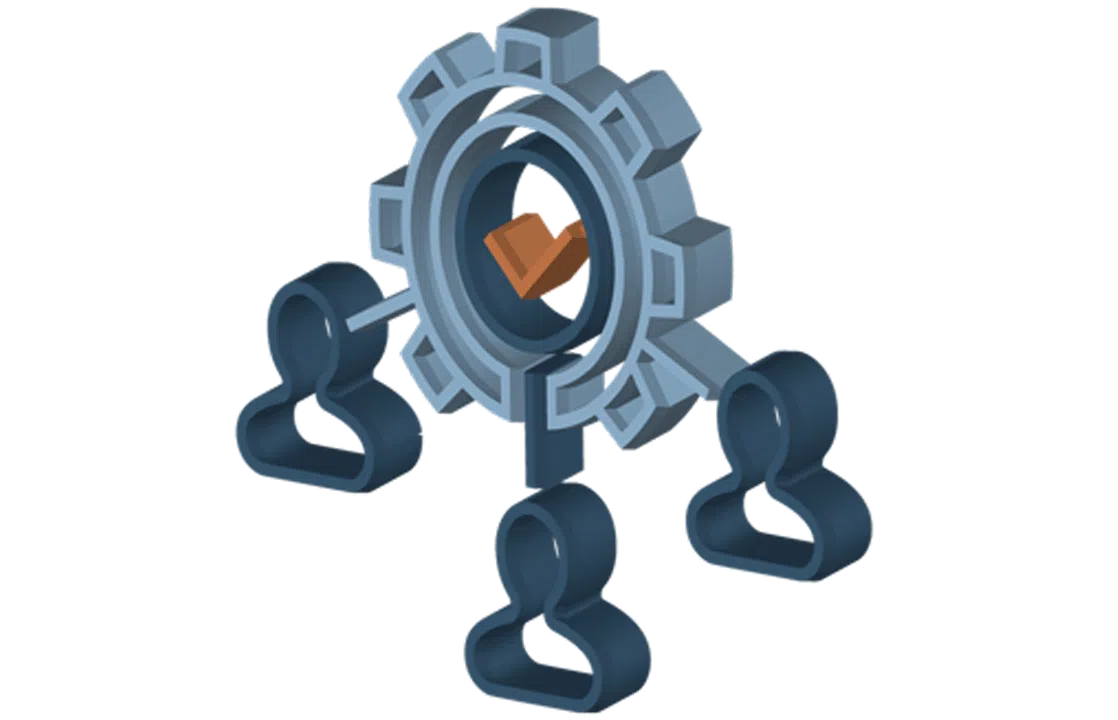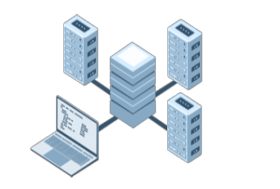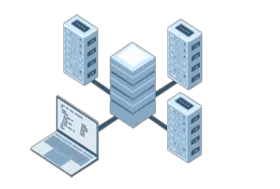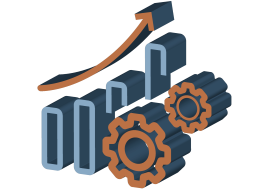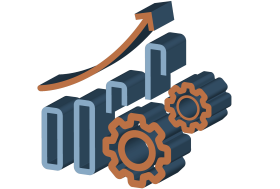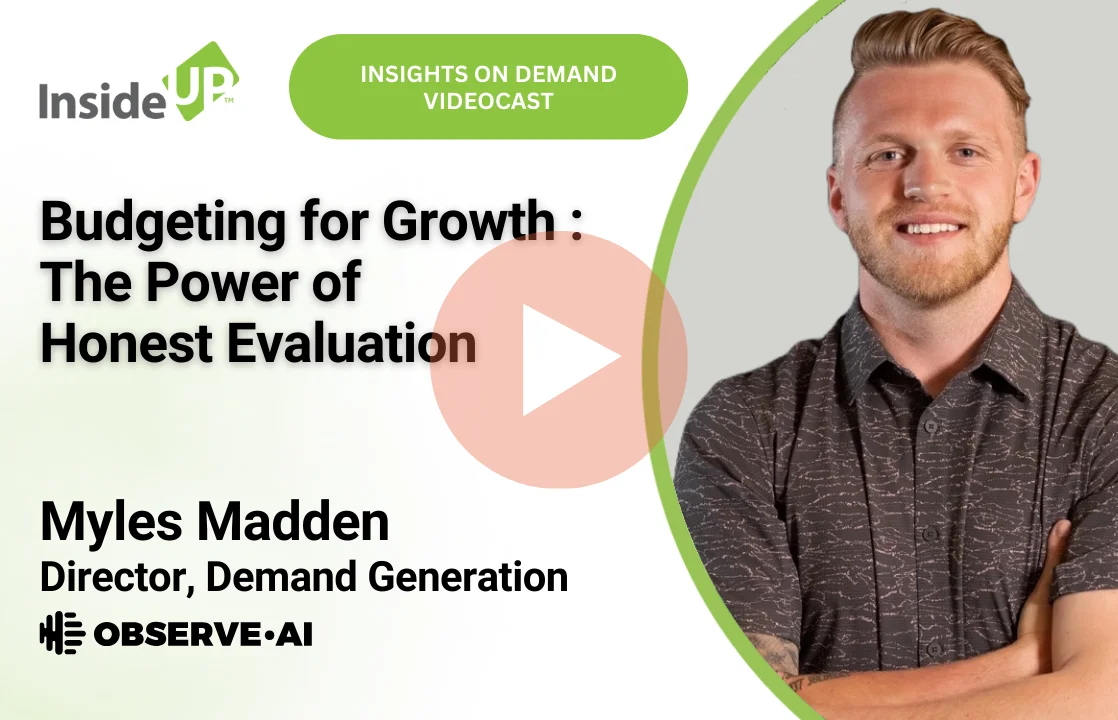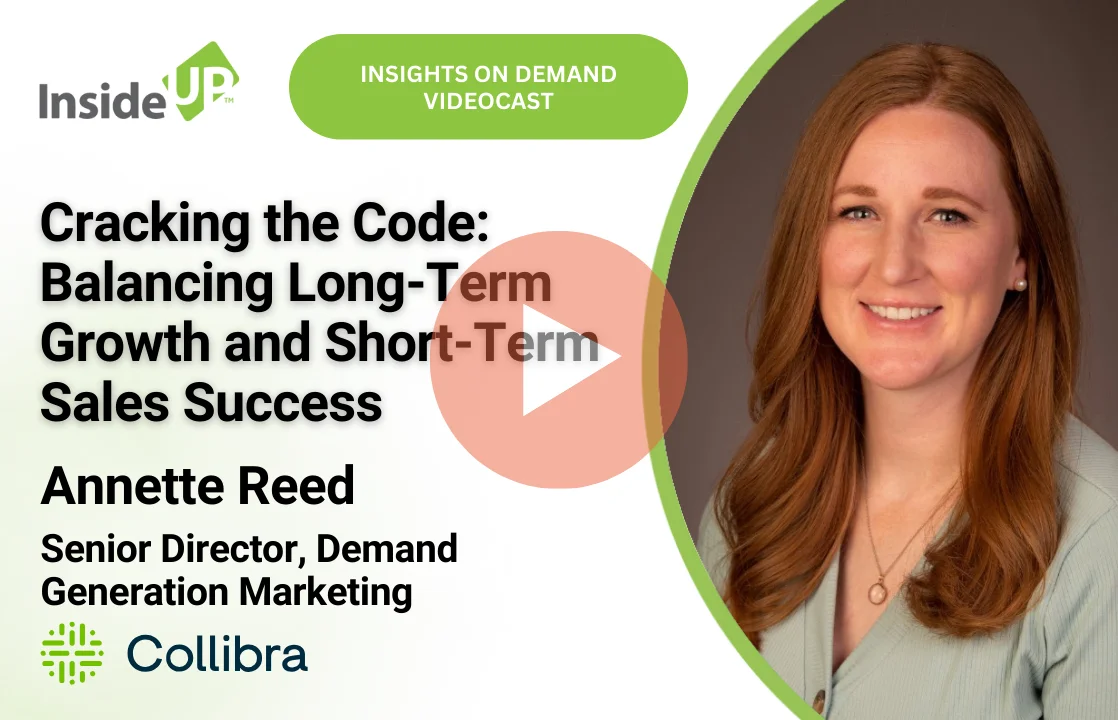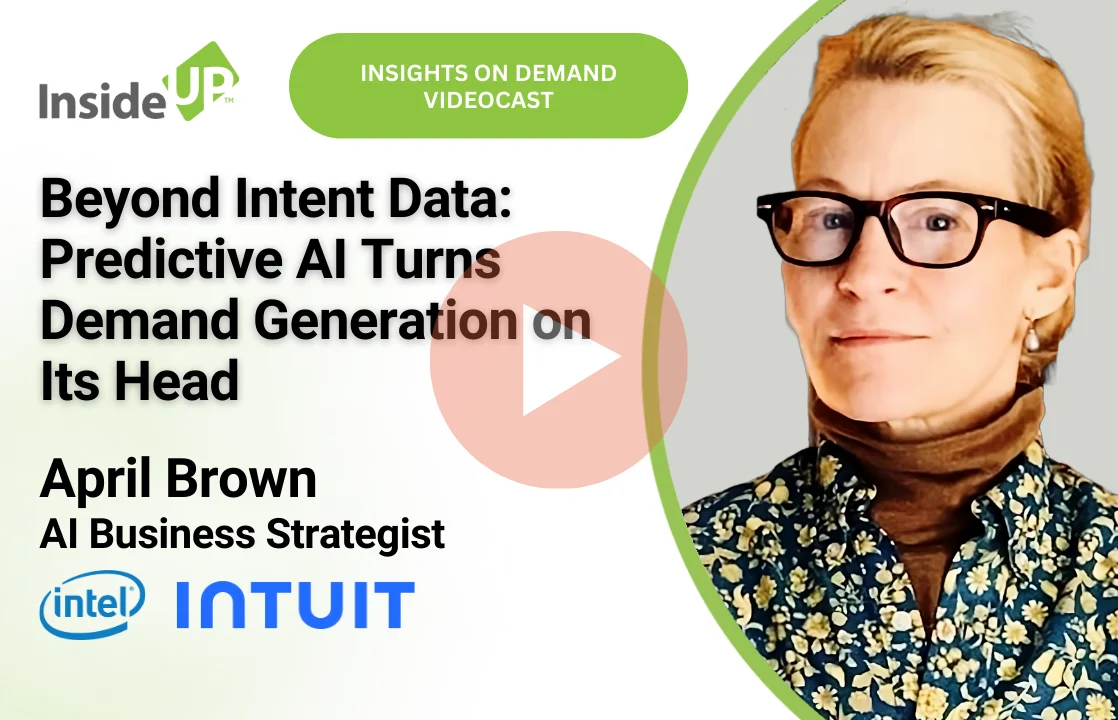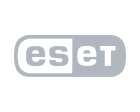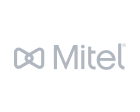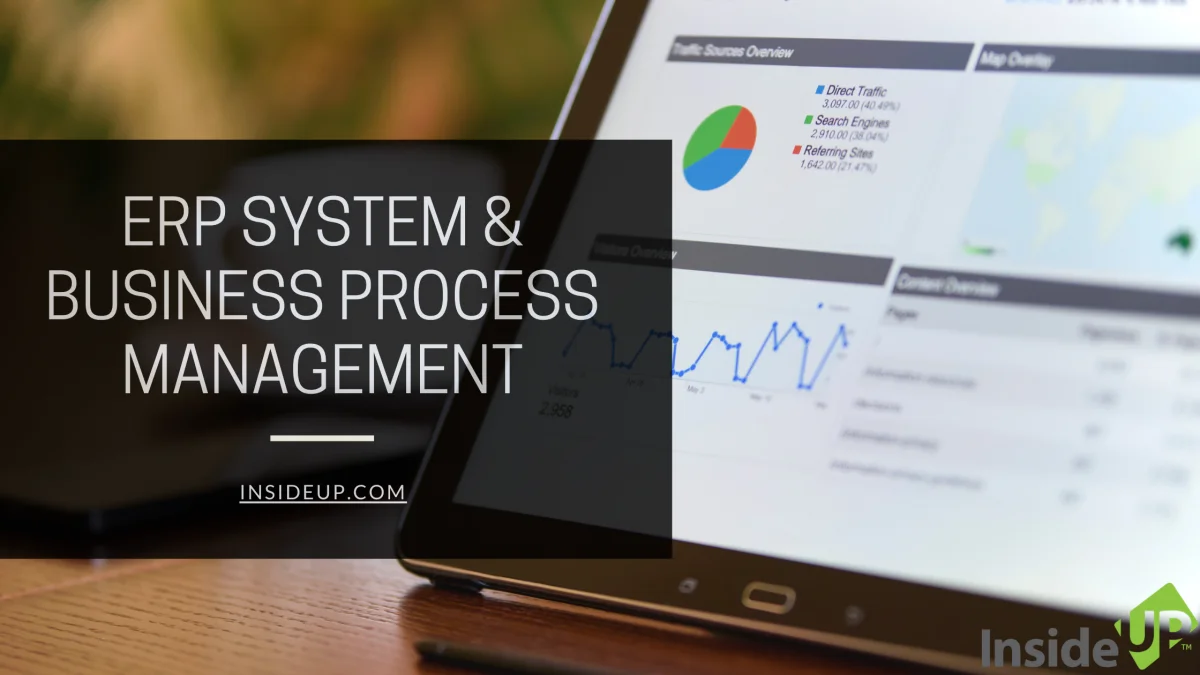
If Business Process Management (BPM) is a practice, then an Enterprise Resource Planning (ERP) system is one of many technologies that can enhance and support that practice. Although the practice of BPMis not dependent on running an ERP system, implementing one can definitely enhance your organization’s ability to successfully practice BPM.
To implement even a minimal ERP system, the re-engineering of some of an organization’s business processes will be required. The sign that this has been done successfully is really quite simple: the smooth integration of data and information across business functions. Where once paper reports carried that information regarding customer orders, forecasts, raw material levels, finished product inventory, and monthly revenue to aid communications between departments of an enterprise, now, by implementing software application data handling and linking the various modules of an ERP platform, company personnel (at both the staff and management levels) have access to a single source that provides data on all business functions.
(BPMS) Architecture
If you choose to execute BPM with technology, then you’ll end up with a BPMSystems(BPMS) Architecture. Although you may deploy some or all of these BPM components from one defined architecture, you’re not likely to get all technology components from the same vendor. The BPMS architecture components include Process Registry, Design & Simulation tools, Data Repository, Rules Engine, Integration and Monitoring Services. These components of the BPMS Architecture are commonly not available as a unified whole.
The main question of BPMS is, will you need to implement all of these components? A proper evaluation of your existing toolset needs to be conducted to plan on what extra tools you may need. Most organizations already have some BPM tools in place – unlike ERP application software for business management that comes with a set of integrated components.
Now that we have established a basic understanding of ERP and BPMS as two unique technologies, let’s discuss the differences between the two.
Both ERP and BPMS include components of process definition and integration but the former focuses on organizational functions, whereas the latter adopts a process-centric approach. At its core, BPMS focuses on monitoring process effectiveness, process simulations, process modelling and optimizing the performance of existing business processes. Thus, BPMS can be described as a process-centric layer that can be integrated with an organization’s ERP.
BPMS is the way to go if your business demands the flexibility that comes with changing processes. BPMS will let you dynamically decide which process versions should be mapped to which of your system users.This way you won’t be stuck running your business using one version of the process. BPMS has characteristics to provide process modelling, flexible business rules management, designing, monitoring, and thoroughly executing your business processes for constant improvement.
Though ERP and BPMS can exist independently, a combination of the two may better serve your company until a combination of these two technologies is available in the market.Vertical industries may favor the consolidation seen in business management suites from companies such as Oracle, Microsoft and SAP. For the purpose of illustration, let’s briefly review two leading ERP vendors, Oracle and SAP.

In 2016, Oracle purchased the ERP software company NetSuite. Both Oracle and NetSuite continue to gain benefits from the merging of their respective organizations. As a multinational corporation,Oracleaims to primarily acquire product lines and organizations that can contribute flexibility and functionality that address a variety of business and industry niches. In this case, acquiring NetSuite has enhanced Oracle’s SaaS-based ERP offerings.
In contrast, SAP is an organization that builds its products and functionalities from the ground up rather than by acquisition. Since SAP ERP software for business management has extensive features and functionality, it requires a very time-consuming and technical implementation process.
Both SAP andthebusiness process management suite from Oracle provide a full suite of business solutions (e.g., Customer Relationship Management, Supply Chain Management, and Human Resources Management). Both vendors are featured on top ERP software vendor lists for many industries. Oracle and SAP also both feature robust inventory management and production management capabilities.
InsideUp, a leading demand generation agency, has over a decade of experience assisting technology clients, that target mid-market and enterprise businesses, by meeting and exceeding their key marketing campaign metrics. Our clients augment their in-house demand generation campaigns (including ABM) by partnering with us to build large sales pipelines. Please contact us to learn more.


